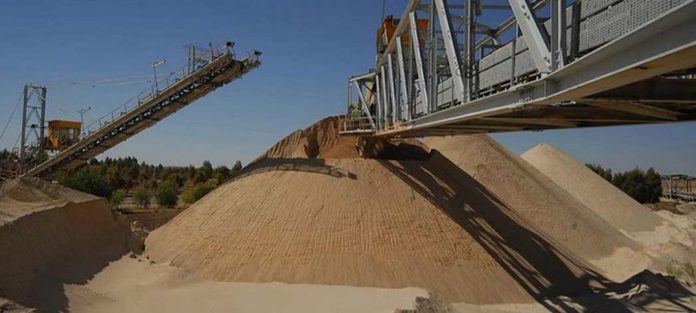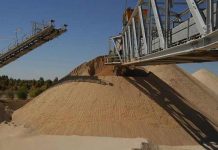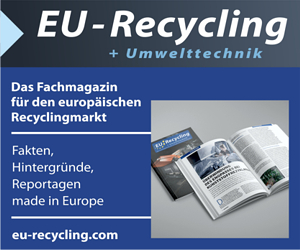A collaborative project to test the usage of recycled phosphorus produced by EasyMining’s “Ash2Phos” process has successfully shown that the phosphorus recovered from incinerated sewage sludge works as a feed phosphate for livestock.
“The results show that the trials worked, and for the first time it’s now possible for the market to have a recycled and sustainable feed phosphate with low climate impact,” says Sara Stiernström, Product Manager at EasyMining.
The testing, which used digestibility studies of pigs and poultry to compare precipitated calcium phosphate (PCP) produced by EasyMining’s Ash2Phos process with the commonly used monocalcium phosphate (MCP), is the first of its kind to demonstrate recovered phosphorus from sludge ash as a comparable source of the critical feed component.
Phosphorus is a key nutrient and an essential ingredient in the feed given to farm animals to ensure the healthy growth and development of livestock. But the primary raw material for feed phosphates is mined phosphorus, a finite resource. So, a new and innovative technology like the Ash2Phos process would offer a circular solution and a more sustainable source.
The joint venture launched at the start of 2021, with EasyMining providing the PCP, Lantmännen contributing co-funding and logistical assistance, and the Swedish University of Agricultural Sciences (SLU) handling all testing. Two main studies, one for digestibility in pigs and one for broiler chickens, were conducted by SLU during the third and fourth quarters of 2021. Both compared feeds with PCP and MCP, measuring the amount of phosphorus in the “inputs and outputs” of the animals.
In both studies, growth for all animals were as expected and showed no noticeable difference on any of the diets. For the pigs, the estimated total tract apparent digestibility (TTAD) of phosphorus in the PCP was 60.4 and 83.8 per cent of the phosphorus in MCP. For the chickens, the estimated ileal digestibility of phosphorus in the PCP was 58.4 and 75.1 per cent of phosphorus in the MCP. “The digestibility is important because if it’s too low, it means that the animals don’t absorb the nutrient, and it ends up in the manure,” explains Stiernström.
According to Stiernström, the testing also shows that the PCP has a digestibility that is slightly lower than MCP, but says it’s in the same range as other feed phosphates and that there are also additional parameters considered for feed phosphates, such as price, total environmental impact, CO2 emissions and use of the manure.
A full breakdown of the project and its findings will be presented during the Improving Sustainability of Livestock Production webinar, a free digital event organised by EasyMining, on February 3rd, 2022, at 13:00 CET. The webinar will also discuss the key issue of regulatory hindrances for recovered nutrients. “This could actually be a great sustainable feed phosphate, but one of the things that are problematic is the legislation,” stresses Stiernström. Today´s regulations throughout the European Union are designed to prevent contamination in animal feed that exclude the use of recovered nutrients, even if it fulfils all quality demands in the legislation.
“The most important next step will be to push for a new circular legislation that allows recovered phosphorus if it is effective and fulfils the quality demands. It is time to focus on quality, not origin,” concludes Sara Stiernström.
Source: EasyMining




